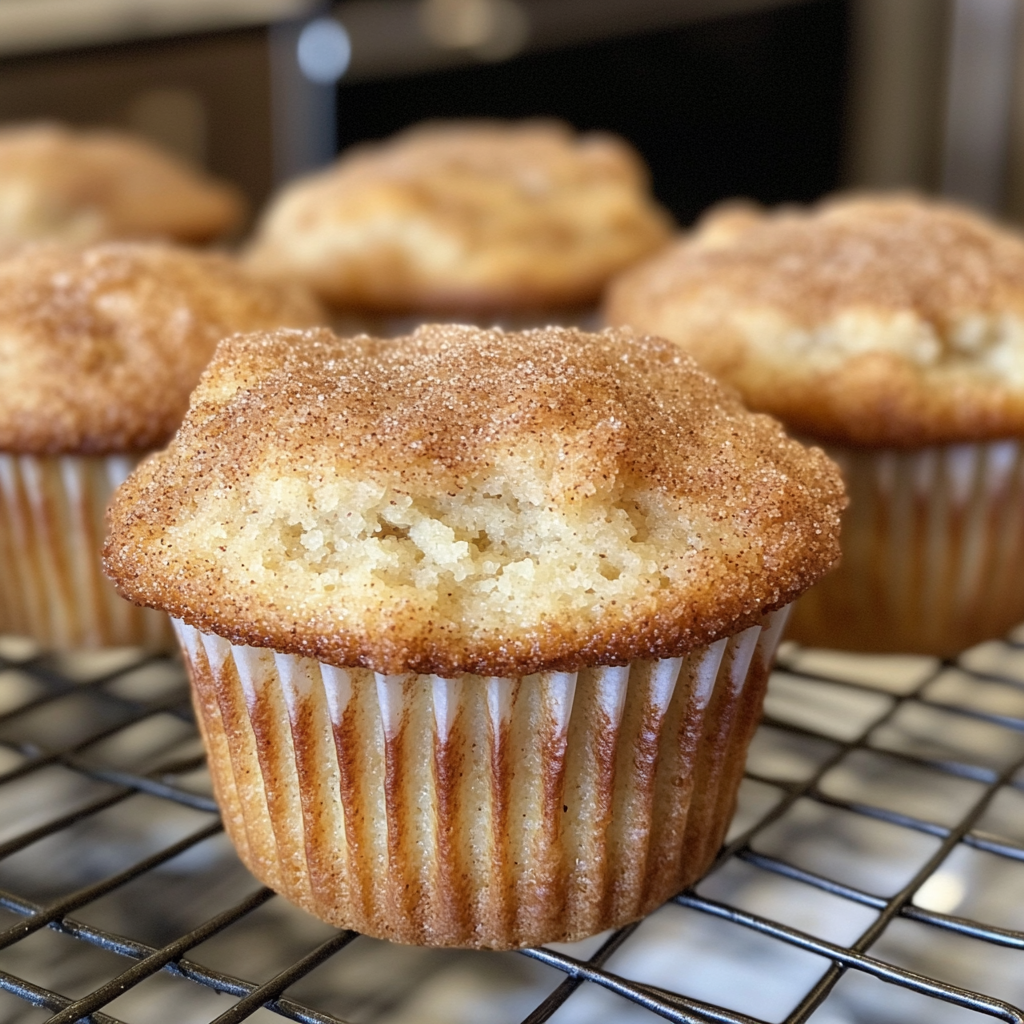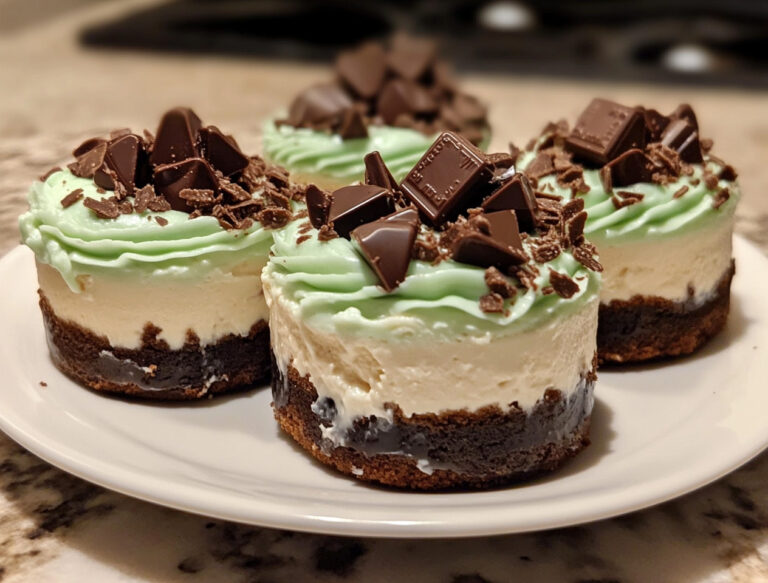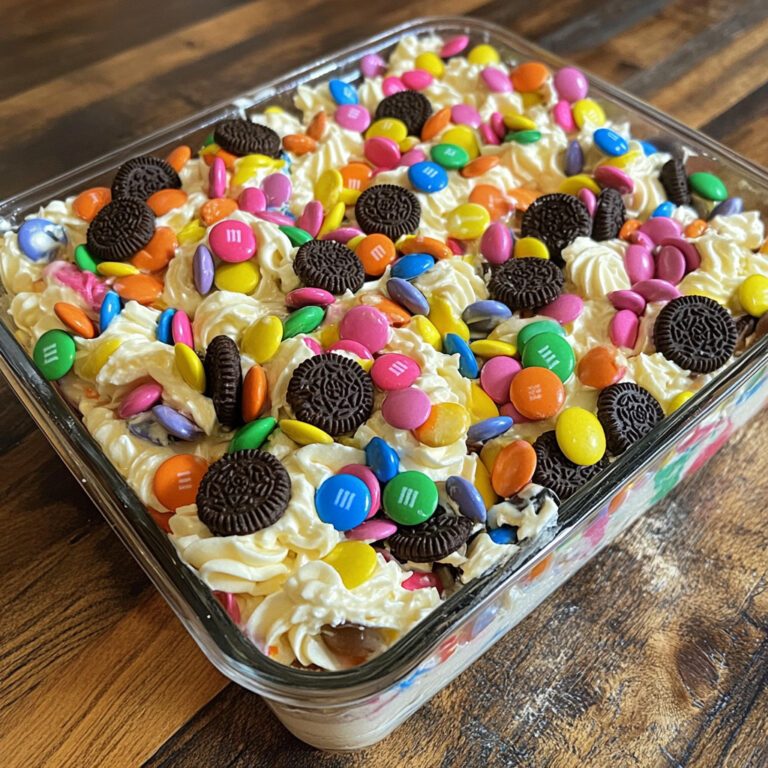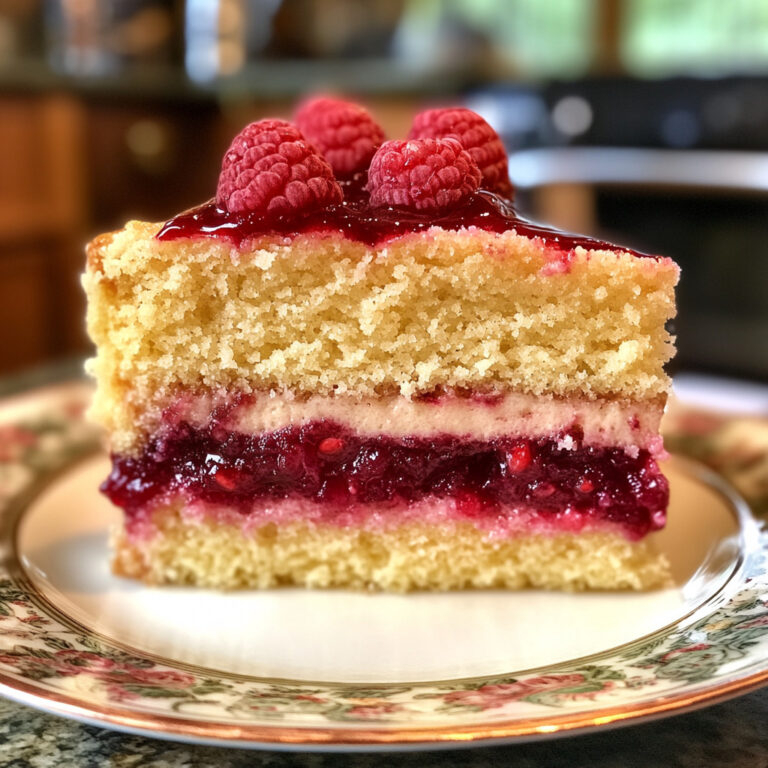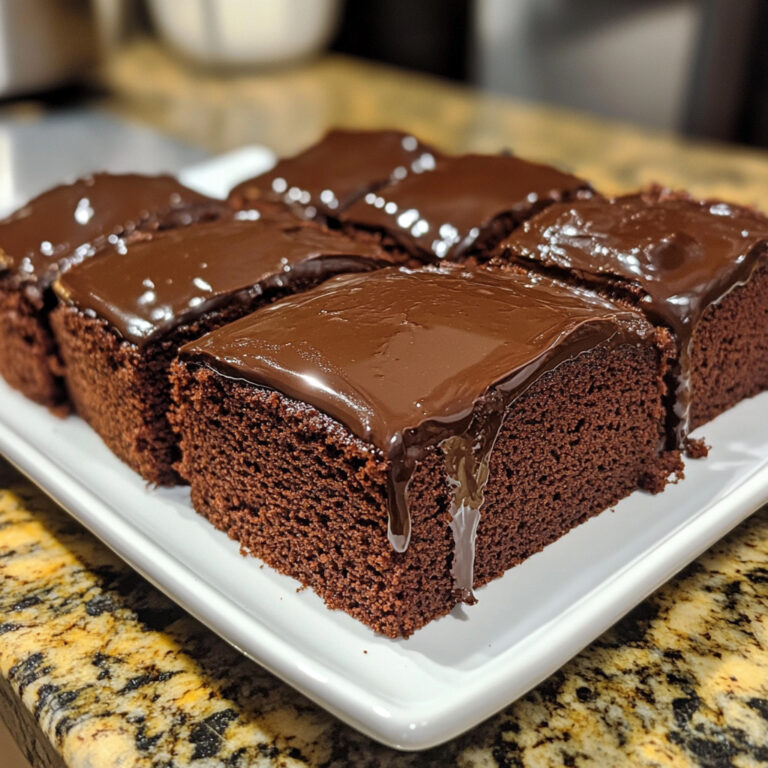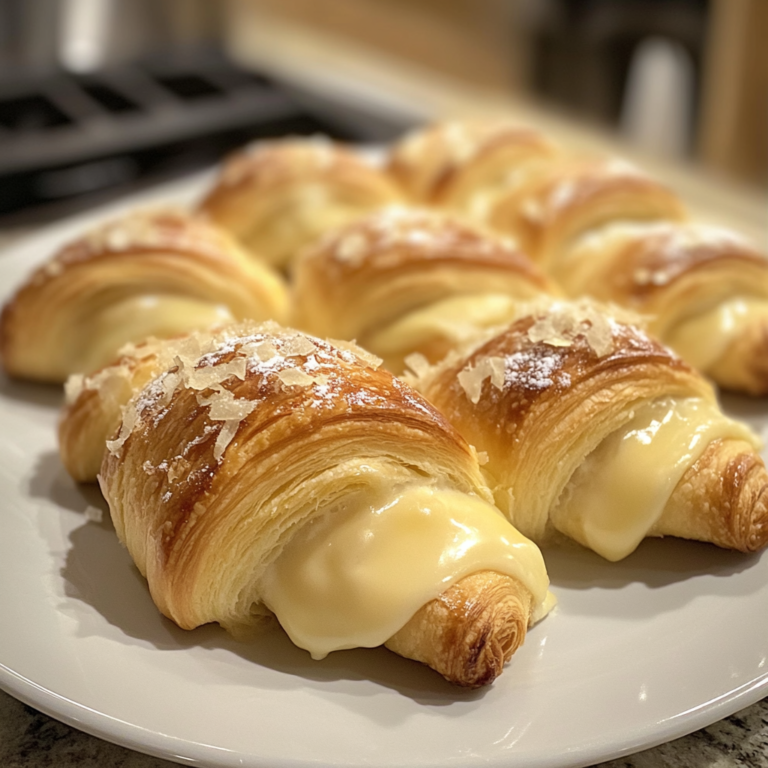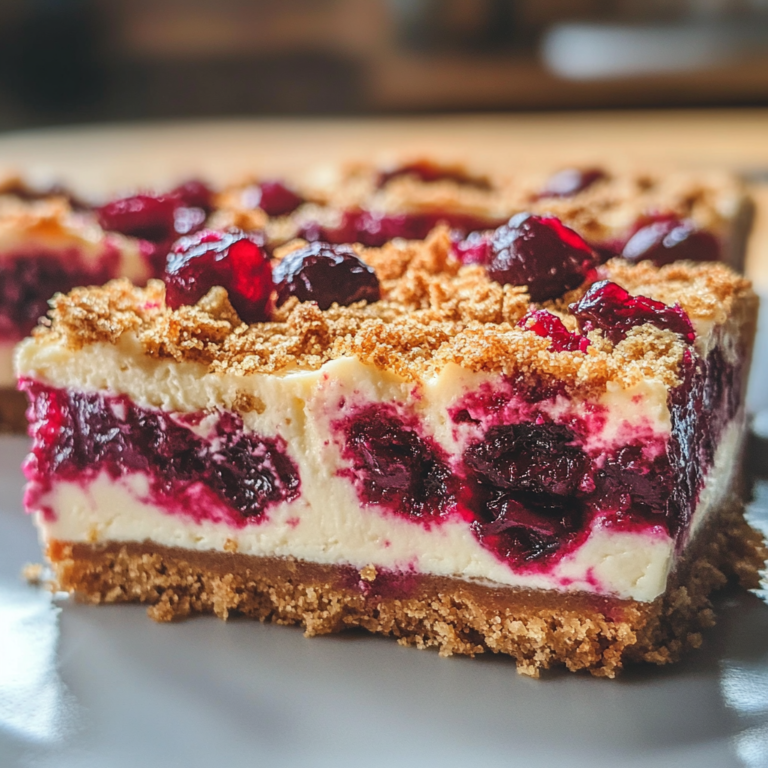Super Fluffy Homemade Muffins: A Simple Recipe for Perfectly Light Baked Goods
Homemade muffins can elevate any breakfast or snack time to a new level. The key to achieving super fluffy homemade muffins lies in the right balance of ingredients and technique. With simple recipes and a few tips, anyone can create muffins that are light, airy, and bursting with flavor.
Experimenting with different flavors and add-ins can turn ordinary muffins into a delightful treat. Whether it’s blueberries, chocolate chips, or a hint of cinnamon, the possibilities are endless. The process is straightforward, making it accessible for bakers of all levels.
Follow along to discover how to master the art of muffin-making and impress friends and family with delicious results. These muffins not only satisfy cravings but also fill the kitchen with an inviting aroma that draws everyone in.
What Makes Muffins Fluffy
Fluffy muffins result from a combination of ingredient choices, proper mixing methods, and precise baking techniques. Understanding these factors is essential for achieving the desired light and airy texture.
Role of Ingredients
Key ingredients significantly influence muffin texture. Flour type is critical; all-purpose flour balances strength and lightness. Leavening agents, such as baking powder or baking soda, create air pockets as they react, helping muffins rise. Fats like butter or oil contribute to moisture and tenderness, preventing muffins from becoming dense.
Sugar not only adds sweetness but also impacts structure. Eggs provide binding properties and stability, while incorporating air during mixing. Finally, milk or other liquids add moisture and create steam, resulting in a softer crumb.
Importance of Mixing Techniques
Mixing methods directly affect muffin rise and density. Overmixing can lead to tough muffins, as it activates gluten in the flour. A gentle mixing approach is vital.
Using the muffin mixing method, one should combine dry ingredients separately from wet ones before gently folding them together until just moistened. This maintains the desired lightness.
Incorporating ingredients like chocolate chips or fruits should be done carefully to avoid heavy clumping. Careful mixing ensures muffins remain fluffy with evenly distributed flavors.
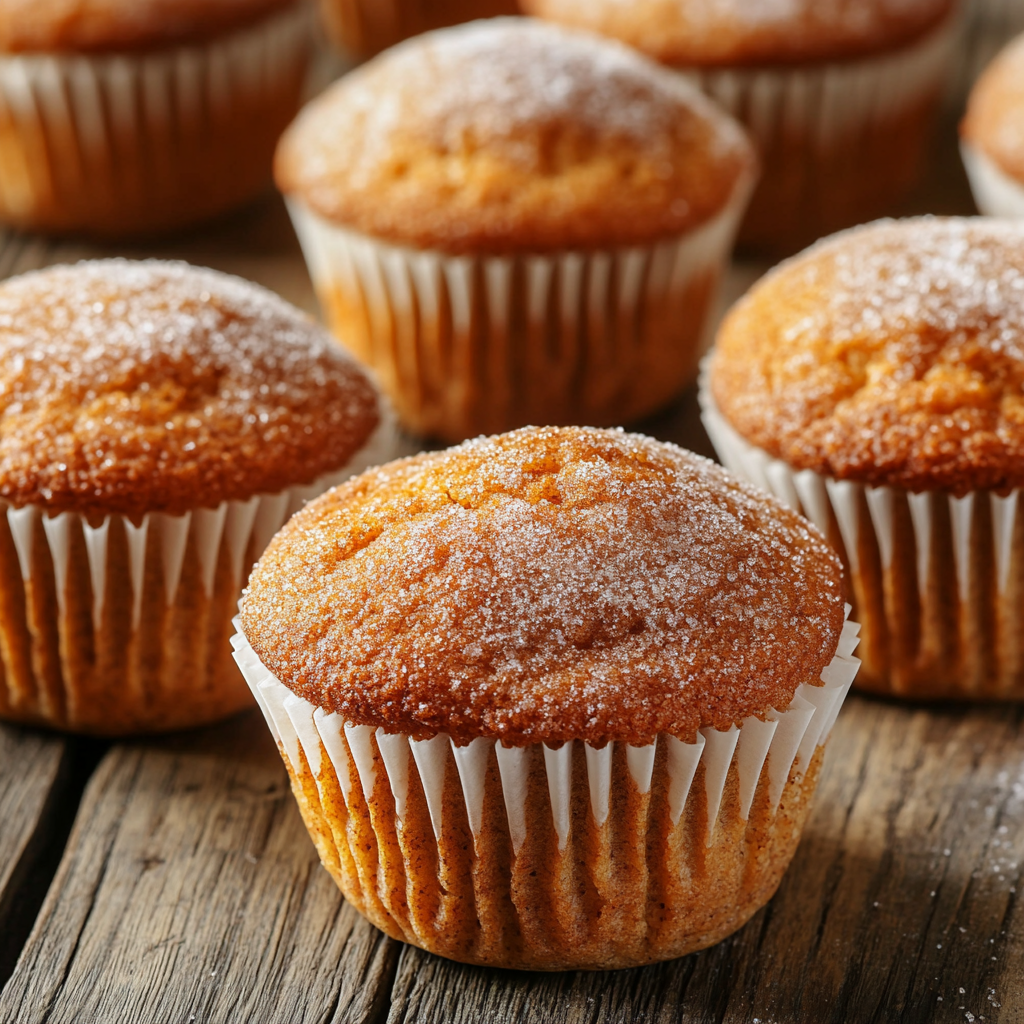
Oven Temperature and Baking Time
Oven settings play a crucial role in baking fluffy muffins. A higher initial temperature, typically around 400°F (204°C), encourages rapid rising. This promotes a good dome shape and fluffy texture.
Once baked for a short initial period, lowering the temperature may help with even cooking throughout the muffin. Baking times may vary; usually, muffins need around 15-20 minutes.
Using an oven thermometer ensures accuracy, as unreliable temperatures can lead to underbaked or overbaked muffins. Properly baked muffins will spring back lightly when pressed and should have a golden-brown hue on top.
Selecting the Right Ingredients
Choosing the right ingredients is crucial for achieving super fluffy homemade muffins. Each ingredient plays a specific role in texture and flavor. Understanding their functions helps in crafting the perfect muffin.
Flours to Use for Fluffiness
For optimal fluffiness, all-purpose flour is a popular choice due to its balanced protein content. Alternatively, cake flour, which has a lower protein percentage, can create a lighter texture.
- All-Purpose Flour: Versatile and easily accessible.
- Cake Flour: Produces a tender crumb due to lower protein.
Some bakers blend flours, combining all-purpose and cake flour for an ideal texture. Using self-rising flour can simplify the process as it includes baking powder and salt, providing additional leavening.
Leavening Agents Explained
Leavening agents are vital for creating air pockets in muffins, resulting in a fluffy consistency. The most common agents include baking powder and baking soda.
- Baking Powder: Combines an acid and a base, providing leavening when moistened and heated.
- Baking Soda: Requires an acidic ingredient, like yogurt or buttermilk, to activate its leavening properties.
For extra lift, some recipes use a mix of both agents. It’s important to measure accurately, as too much leavening can lead to overly risen muffins with a collapsed center.
Wet Ingredients for Moisture
The choice of wet ingredients significantly affects moisture and texture. Common ingredients include milk, yogurt, and eggs, each contributing different qualities.
- Milk: Adds moisture and enhances flavor.
- Yogurt: Increases tenderness and adds a slight tang.
- Eggs: Provide structure and richness.
Incorporating fats like melted butter or oil can also elevate moisture levels. Opt for buttermilk to add richness while activating baking soda for leavening. Balancing these wet ingredients helps achieve the desired texture and flavor in muffins.
Equipment Essentials
Having the right equipment is crucial for baking super fluffy homemade muffins. Selecting quality tools ensures consistent results and enhances the baking experience.
Best Muffin Pans for Home Baking
The choice of muffin pan significantly impacts muffin quality. Non-stick options are popular as they reduce the need for excessive greasing and allow for easy removal.
Material Types:
- Metal: Offers even heat distribution, leading to better browning.
- Silicone: Provides flexibility, making it easy to pop out muffins.
- Ceramic: Retains heat well but can be heavier to handle.
Sizes:
Standard muffin pans usually have a 12-cup capacity. For mini muffins, pans with 24 cups work well, while jumbo pans feature 6 cups for larger portions.
Mixing Tools and Utensils
Effective mixing tools are essential for creating a uniform batter. A sturdy mixing bowl is necessary, with a capacity of at least 4 quarts for larger batches.
Key Utensils:
- Whisk: Helps combine dry ingredients and aerate the batter.
- Rubber Spatula: Perfect for folding in delicate ingredients without deflating the batter.
- Measuring Cups & Spoons: Accurate measurements ensure the right balance of ingredients for fluffiness.
Mixing Techniques:
Proper mixing prevents overworking the batter. Stir gently until just combined, allowing lumps to remain. This technique helps maintain the muffin’s light texture.

Preparing the Muffin Batter
Creating the perfect muffin batter requires attention to detail in both mixing techniques and incorporating add-ins. Proper techniques ensure a fluffy texture, while careful folding prevents overmixing.
Mixing Techniques
Start by combining dry ingredients in a large bowl. This typically includes flour, sugar, baking powder, and salt. Whisk these components together thoroughly to ensure even distribution of the leavening agents.
In a separate bowl, mix wet ingredients like eggs, milk, and melted butter. It’s crucial to blend these until fully combined. Once both mixtures are ready, pour the wet ingredients into the dry ingredients.
Use a spatula or wooden spoon to combine them gently. The batter will be lumpy; this is normal. Overmixing can lead to dense muffins, so stop mixing as soon as no dry flour remains visible.
Folding in Add-Ins
Add-ins such as fruits, nuts, or chocolate chips enhance flavor and texture. To incorporate these ingredients, sprinkle them evenly over the batter after the initial mixing.
Using a spatula, gently fold the add-ins into the batter. This technique helps distribute them without overworking the batter.
Consider using a light hand and rotating the bowl as you fold. This ensures even integration while maintaining the batter’s airiness. Avoid vigorous stirring; it can cause the muffins to lose fluffiness.
Baking the Perfect Muffins
Achieving perfect muffins involves attention to detail in preparation and baking. Key factors include proper oven temperature, precise baking times, and reliable methods for determining doneness.
Preheating the Oven
Preheating the oven is crucial for consistent baking. A well-preheated oven ensures that the muffins rise correctly and develop the desired texture. The recommended temperature for baking muffins is typically between 375°F to 400°F (190°C to 200°C).
Before starting, it’s advisable to allow the oven to preheat for at least 15-20 minutes. Using an oven thermometer can help verify accuracy. Inconsistent temperatures can lead to uneven baking, resulting in denser muffins.
Following these guidelines sets the stage for fluffy results.
Baking Times and Temperatures
The baking time for muffins generally varies between 15 to 25 minutes based on the recipe and oven type. It’s essential to bake muffins until they are golden brown, but the exact timing can depend on factors like altitude and ingredient variations.
For standard-sized muffins, a common temperature is 375°F (190°C). Mini muffins may require about 10-15 minutes, while jumbo muffins often need 20-30 minutes.
Checking the muffins a few minutes before the recommended time helps prevent overbaking.
Testing for Doneness
To test muffins for doneness, the toothpick method is highly effective. Insert a toothpick or cake tester into the center of a muffin. If it comes out clean or with a few moist crumbs, the muffins are ready.
Another sign of doneness is when the muffins spring back when lightly pressed on top. If they appear golden brown but haven’t passed the toothpick test, they likely need more time.
Adjusting the baking time based on these tests ensures the perfect fluffiness without sacrificing moisture.
Creative Flavor Combinations
There are numerous ways to elevate homemade muffins through unique flavor combinations. By exploring various fruits, pairing sweet and savory ingredients, and utilizing spices and extracts, the possibilities are endless.
Fruit Varieties
Using fruits offers a spectrum of textures and flavors. Popular choices include:
- Blueberries: Juicy and sweet, they create a moist muffin.
- Bananas: Adds natural sweetness and a soft texture.
- Apple: Provides a crisp bite and fibers, particularly well with cinnamon.
- Raspberries: Tartness complements sweeter ingredients effectively.
To incorporate fruits, consider adding them fresh, dried, or in puree form. Combining fruits, such as apple and cinnamon or banana and chocolate chips, brings out different profiles and enhances the overall taste.
Sweet and Savory Pairings
Muffins don’t have to be just sweet. Sweet and savory pairings introduce depth.
- Bacon and Maple: Maple syrup enhances the salty flavor of crispy bacon.
- Cheddar and Chive: Sharp cheddar paired with herbs creates a delightful treat for breakfast.
- Honey and Goat Cheese: Offers creamy, tangy notes alongside the sweetness of honey.
These combinations can surprise the palate and make for a versatile muffin that suits any occasion.
Spices and Extracts
Spices and extracts add complexity to muffins. Key options include:
- Cinnamon: A classic choice that enhances warmth.
- Nutmeg: Adds a cozy, aromatic quality.
- Vanilla Extract: A universal favorite that complements many ingredients well.
Experimenting with these can yield surprising results. For instance, mixing cinnamon with vanilla brings out the best in apple muffins, while nutmeg paired with pumpkin creates a seasonal sensation. Using spices thoughtfully can transform a basic recipe into something special.
Decorating and Serving
Enhancing the visual appeal and flavor of muffins can elevate the overall experience. Thoughtful decoration and presentation can make homemade muffins more inviting and enjoyable.
Toppings and Glazes
There are numerous ways to customize muffins with toppings and glazes. A simple dusting of powdered sugar can add sweetness and a charming look.
Popular toppings include:
- Nuts: Chopped walnuts or pecans for crunch.
- Seeds: Pumpkin or sunflower seeds for texture.
- Fresh Fruit: Berries or thinly sliced banana on top.
For those who prefer glazes, a basic icing made from powdered sugar and milk can work well. Adding flavors like vanilla or lemon zest can enhance the glaze. A drizzle over the muffins just after baking creates an appealing finish.
Serving Suggestions
Serving muffins can be as creative as the decorating process. Muffins are best enjoyed warm, so a simple warming in the oven before serving is advisable.
Consider the following serving ideas:
- On a Platter: Arrange muffins on a decorative plate for a buffet-style presentation.
- With Spreads: Offer butter, cream cheese, or fruit preserves on the side.
Pairing muffins with beverages like coffee or tea can elevate the tasting experience. Providing napkins and perhaps a small fork can add a touch of sophistication to the serving.

